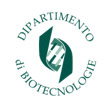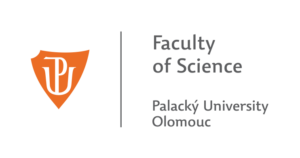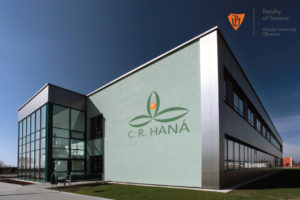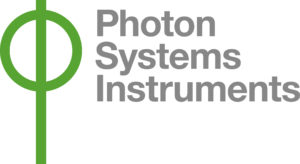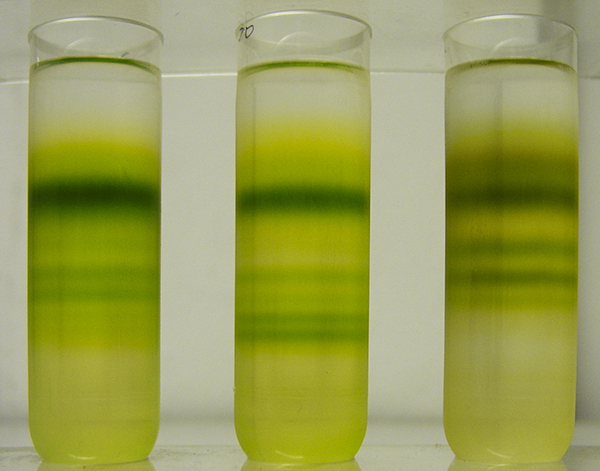
External Advisory Board
The Coordinator
Group Leaders
Researchers
Ombudswoman
Project Management
 |
EM Prof. Dr. Peter Horton
The University of Sheffield |
| EM Prof. Dr. Alfred Holzwarth
Max Planck Institute for Chemical Energy Conversion |
|
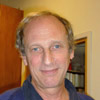 |
Prof. Dr. Francis Andre Wollman
Sorbonne Universités |
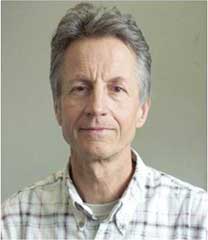 |
Prof. Dr. Jean-David Rochaix University of Geneva Departments of Molecular Biology and Plant Biology 30 quai Ernest-Ansermet CH-1211 Genève 4 Switzerland |
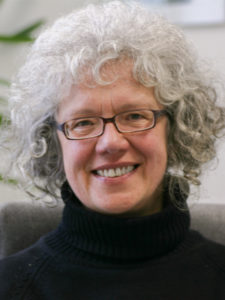 |
Prof. Dr. Claudia Büchel
Goethe University Frankfurt am Main The group has a long-standing expertise in the study of light-harvesting complexes of diatoms (FCPs) with special emphasis on the switch from light-harvesting to photoprotection. In the framework of several collaborations, also including members of SE2B, their structure, pigments, and the excitation energy transfer between pigments was studied. Further work concerns the photoreceptors involved in the regulation of gene expression in diatoms. Our expertise in diatom physiology and genetics is further used for biotechnological applications. Our tasks in SE2B include the coordination and management of the network and we will organise a workshop on transferable skills including a small scientific meeting in March 2017.
|
 |
Dr. Diana Kirilovsky
Commisariat a L’Energie Atomique et aux Energies Alternatives The group having a large experience in cyanobacterial molecular biology and physiology is specialized in cyanobacteria photosynthesis. They are interested on the role of light as source of stress and as a regulator, principally studying the mechanisms of photoinhibition, photoprotection and light acclimation in cyanobacteria. These studies were done by creating and characterizing cyanobacteria mutants with biophysical methods. They discovered and largely characterized the OCP-related NPQ mechanism. In the framework of this project, her group will study the state transition mechanism in cyanobacteria and its interaction with the OCP-related NPQ.
|
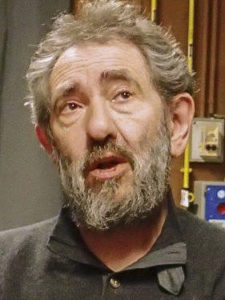 |
Dr. Bruno Robert
Commisariat a L’Energie Atomique et aux Energies Alternatives Bruno Robert heads a group of about ten people at Saclay, specialized in the development of innovative spectroscopic techniques and their application to photosynthesis. This group has developed resonance Raman studies in photosynthesis, for describing the molecular interactions in antennae and reaction centers, either isolated or still embedded in photosynthetic membranes, to understand the molecular mechanisms underlying the regulations tuning the efficiency of the solar energy capture and transduction. In the recent years, they developed super-resolution fluorescence microscopy to characterize the organisation of photosynthetic membranes at resolutions as high as 30 nm.
|
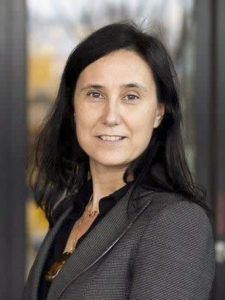 |
Prof. Dr. Roberta Croce
VU University Amsterdam The goal of our research is to understand at the molecular level the mechanisms of the light reactions of photosynthesis, with particular emphasis on light absorption, excitation energy transfer and photo-protection. For these studies we use an integrated approach from genetics, molecular biology, biochemistry to spectroscopy, steady-state and time-resolved. The task in the project is to understand the changes in composition, organization and functionality in the photosystems during non-phorochemical quenching and state transitions in varous organisms.
|
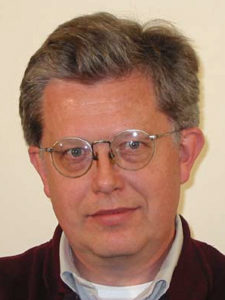 |
Dr. Jan Dekker
VU University Amsterdam I am involved in two groups: the Biophysics of Photosynthesis group (see also the descriptions of Roberta Croce and Ivo van Stokkum) and the Science, Business and Innovation group, both of VU University Amsterdam. The latter group investigates and teaches the complete trajectory from natural science-based innovations to the final products, services, society and market, using knowledge from natural sciences, business administration and social sciences. One of the most important themes is renewable energy. I am involved in the modeling of photosynthesis in intact, living organisms in various conditions including stress, and am in charge of WP4: Training |
 |
Dr. Ivo van Stokkum
VU University Amsterdam I am a member of the Biophysics of Photosynthesis group (see also the descriptions of Roberta Croce and Jan Dekker). I am involved in the modeling of natural and artificial photosynthesis on the basis of time-resolved spectroscopic measurements. I have developed a global and target analysis methodology which enables us to quantitatively model energy transfer and charge separation in intact, living organisms in various conditions including stress. In SE2B, we will develop models for multi wavelength PAM measurements. |
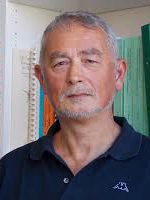 |
Prof. Dr. Roberto Bassi
University of Verona The Laboratory of Photosynthesis and Bioenergy, founded in 1993, develops research and teaching in the field of Physiology, Biochemistry, Biophysics, Genetics and Biotechnology of photosynthetic organisms and include three professors: Roberto Bassi, Luca Dall’Osto and Matteo Ballottari, 3 post-doct and 5 PhD students. Targets include (i) the understanding of key steps of metabolic reactions involved in light energy conversion in biomass and (ii) the engineering of algae and crops for improvement of photosynthetic light energy conversion efficiency. R.B. is in charge of coordinating WP1: “characterization of gene products involved in the regulation of light use efficiency”. |
 |
Prof. Dr. Herbert van Amerongen
Wageningen University The mission of our lab is to study and develop an understanding of the physical aspects of life processes and to teach the fundamentals of (bio)physics and its application in the life sciences. One important aspect is the understanding of photosyntesis using dedicated, technologically advanced methodology. In this project we want to elucidate the role of the thylakoid membrane flexibility in light use efficiency in vivo, by characterising the functional and structural (re)organization of thylakoid membranes during NPQ and ST in cyanobacteria, green algae and diatoms, making use of time-resolved fluorescence (micro)spectroscopy. |
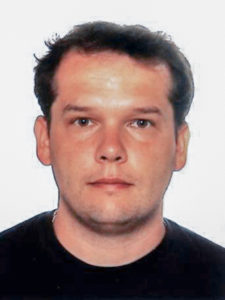 |
Dr. Roman Kouřil
Palacký University Olomouc The group is focused on a structural characterization of photosynthetic protein supercomplexes and thylakoid membranes using single particle electron microscopy and cryo tomography. The tasks in the project are the structural characterization of photosynthetic supercomplex assemblies and thylakoid membranes isolated from different plants and microalgal species using electron microscopy, single particle image processing and cryo tomography. |
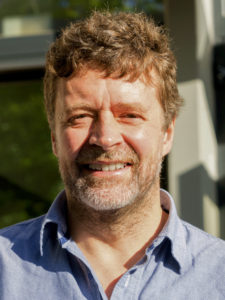 |
Prof. Dr. Conrad Mullineaux
Queen Mary University of London We study the bioenergetics and cell biology of cyanobacteria, including the biogenesis, organization, dynamics, function and regulation of the thylakoid membranes. We address these problems with a combination of molecular biology, biochemistry, spectroscopy and cell imaging. We recently used fluorescent protein tagging and fluorescence microscopy to show that cyanobacterial thylakoid membranes are rather heterogeneous, with specialized zones dedicated to assembly, repair and specific electron transport functions. The SE2B ESR will further explore the organization and composition of these zones by a combination of biochemical approaches and higher-resolution structural studies. |
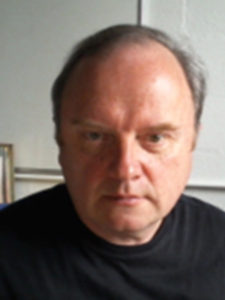 |
Prof. Dr. Alexander Ruban
Queen Mary University of London We study the role of the antenna in the adaptations of the photosynthetic membrane to light environment. Alexander Ruban was a participant of the two EU FP6 Marie Curie networks “INTRO2” and “Harvest”. The ESR on the SE2B network will be engaged in time-resolved fluorescence experiments on membranes lacking photosystems in the presence of the non-photochemical quenching (NPQ); measurements of transient absorption (TA) spectra of LHCII complexes with altered carotenoid composition, as well as intact chloroplasts in order to gain the spectra of the NPQ quencher(s); coarse-grained modelling of the energy transfer in the photosynthetic membrane comprising the economic nature of the NPQ. |
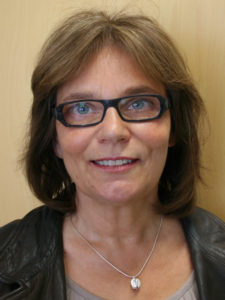 |
Prof. Dr. Eva-Mari Aro
Turun Yliopisto Univerity of Turku Our research aims at understanding the regulatory pathways that govern the biogenesis, performance and acclimation of the photosynthetic apparatus to environmental cue but also at elucidation of the signaling pathways initiated by and relayed from chloroplasts into the nucleus to regulate the growth and development of plants. Arabidopsis, spruce, Physcomitrella, Selaginella, green algae and diatoms are under research focus in order to address the evolutionary aspects of regulation mechanisms under study. Research on cyanobacteria also focuses on regulation of photosynthesis but additionally on applied research for various bioeconomy purposes, making use of both the natural diversity of cyanobacteria, their genetic engineering and synthetic biology. In this project, we focus on characterization of spruce photosynthetic apparatus during severe environmental changes in the Nordic climate. |
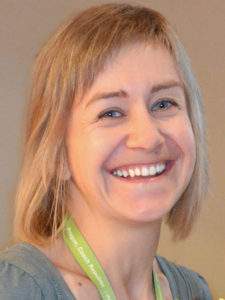 |
Dr. Klára Panzarová
Photon Systems Instruments SPOL SRO Plant phenotyping refers to a quantitative characterisation of the plant’s anatomical, ontogenetical, physiological and biochemical properties at regular time intervals, non-destructively and objectively. In past years plant phenotyping became increasingly automated by the development of novel imaging technologies and image analysis pipelines that allow for a characterization of plant traits in high-throughput and high-precission. In several past years PSI has developped and manufactured range of automated plant phenotyping systems for controlled and greenhouse conditions. The PlantScreen Phenotyping Systems are designed for in-depth phenotyping of small up to large-scale plants ranging from Arabidopsis to crop species by means of visible RGB, kinetic chlorophyll fluorescence, thermal infrared, 3D laser scanning and hyperspectral imaging systems. In Plant Biotechnology R&D department we focus on investigation and validation of current technological improvements and develop, optimize and standardize the phenotyping protocols for the given imaging sensors. The insights obtained are translated into actual applications in basic research and in agriculture research as in targeted breeding programs. The PhD project will deal with “Phenotyping methods for non-invasive monitoring of plant fitness and growth performance in controlled and greenhouse environment“. The main focus will be on the establishment, validation and further development of non-invasive techniques for monitoring plant fitness and growth performance by using unique greenhouse and controlled environment-based automated multi-sensoric phenotyping platforms. |
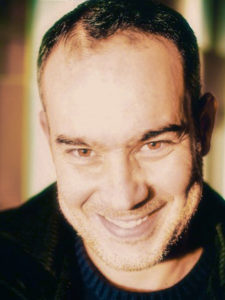 |
Dr. Arezki Sedoud
Phycosource SARL |
 |
Dr. Céline Bourcier de Carbon
Phycosource SARL Green gold, microalgae offer infinite potential in many fields such as pharmaceuticals, cosmetics, food, biofuel, etc. Their culture brings a new generation of active molecules and consistent with the preservation of the planet’s wealth. Ecoresponsible, PHYCOSOURCE is an innovative biotechnology company founded in 2006, which specialises in the exploration and discovery of pharmaceutical and cosmetic biological active substances derived from microalgae. Specializing in the production of high-speed microalgae strains for pharmacological and cosmetic testing Phycosource discovers, reveals all the power of microalgae, most unpublished, which tomorrow will be great assets.The Ph.D. project will be to study, in Nostoc cell, the effect of changes in external factors, such as temperature, CO2 concentration and light stress, on the cryptophycin accumulation, a secondary metabolite with strong properties against cancer cells. Then a study of related changes in photosynthesis and photoprotection under these different stress conditions will be studied. Synechocystis and / or Escherichia coli strains synthesizing cryptophycin will be built. |
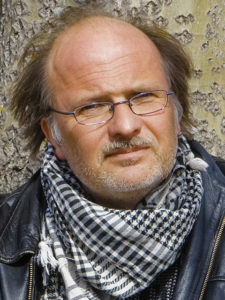 |
Prof. Dr. Stefan Jansson
Umea University The group has over the years working in two areas, one is the structure and function of the chlorophyll a/b-binding proteins and their role in the regulation of photosynthetic light harvesting. There we have used mainly Arabidopsis as model system. The second are is natural variation, genetics and genomics of forest trees, in particular aspen but lately also the conifer Norway spruce. In this project we will study how spruce needles can be evergreen, even in the harsh winter conditions of the boreal forests. Have they unique mechanisms to deal with high light conditions in freezing temperatures or are they simply using the same mechanisms that annuals, perhaps in a “upgraded” form? |
 |
Prof. Dr. Egbert J. Boekema
University Groningen
|
| Erhard Pfündel, PhD
Heinz Walz GmbH |
|
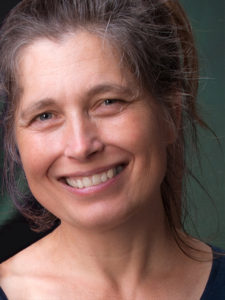 |
Joanna Porankiewicz-Asplund, Phd Product development manager Agrisera AB, Sweden Web | Homepage Agrisera is a Swedish company specializing in polyclonal and monoclonal antibody custom production and offers over 1000 catalog primary antibodies for research on plant and algal cell biology including most comprehensive antibody collection for photosynthetic research. Our products are thoroughly validated and developed in collaboration with many laboratories world-wide. Agrisera offers also over 2000 secondary antibodies with various labels as well as antibodies to tags (GFP, His, HA and more), high sensitivity chemiluminescent reagents for western blot and ELISA. 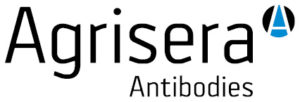 |
 |
Prof. Dr. Sylvie Michel
Faculty of Pharmacy E-Mail
|
 |
Christo Schiphorst
Universita degli Studi di Verona |
 |
Francesco Saccon
|
 |
Pushan Bag
|
 |
Mirella Sorrentino
|
 |
Alba Blázquez
Goethe Universität Frankfurt am Main P5: Using algal mutants for enhanced carotenoid production. |
 |
Vincenzo Mascoli
VU Amsterdam P6: Changes in supercomplex formation related to functional changes (NPQ and ST). |
 |
Steffen Grebe
University of Turku P7: Dynamics of thylakoid pigment-protein complexes – consequences on functional genomics of the entire organism. |
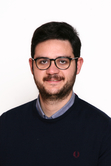 |
Claudio Calvaruso
Goethe Universität Frankfurt am Main P8: Dynamics of supercomplexes in the thylakoid membrane of diatoms. |
 |
Fernando Muzzopappa
Commisariat a L’Energie Atomique et aux Energies Alternatives P9: Mechanisms involving the antenna that regulate the energy flux to reaction centers in cyanobacteria. |
 |
Rameez Arshad
|
 |
Simona Streckaité
Commisariat a L’Energie Atomique et aux Energies Alternatives |
 |
Moontaha Mahbub
Queen Mary University of London |
 |
Ahmad Farhan
It is the goal of this project to study changes in the organization of thylakoid membranes of cyanobacteria, green algae and diatoms upon the induction of NPQ and ST in vivo and to directly relate the observed changes in fluorescence kinetics to spatial reorganizations in the thylakoids examined in WP2, making use of ultrafast fluorescence spectroscopic and microscopic methods. |
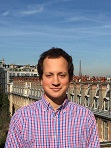 |
Alexandros Polyzois
Phycosource SARL |
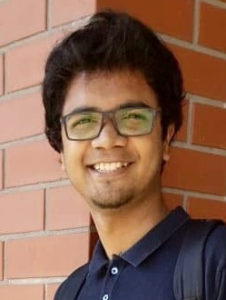 |
Avratanu Biswas
VU University Amsterdam |
 |
Xinpeng Huang
|
 |
Baboo Narottamsing Ramdour
|
 |
Dr. Anett Kiss
University of Sussex Anett Kiss is a former Marie Curie fellow who was also involved in the predecessors of the SE2B Network (INTRO2 and HARVEST projects). In SE2B she acts as an Ombudswoman to the Early-Stage Researchers to consult on confidential matters relating to their experiences in the network. She works at the University of Sussex in the United Kingdom as a Research Development Officer and her role focuses on supporting academic researchers in their applications for external research funding and their career development activities. She is also an active member of the Marie Curie Alumni Association and is experienced in various matters relating to Marie Skłodowska-Curie fellowships. |
 |
Dr. Bernd Märtens
Goethe University Frankfurt am Main The Research Service Center of the Goethe University supports scientists with research project management, proposal writing, event management, and information about funding opportunities. |





